“Draftsmen” is available in audio. Subscribe on these platforms to keep up to date:
Spotify, Stitcher, Apple, Google
Time Codes:
Draw From Life 9:40
Draw in your head 11:24
Become your own critic 13:15
Get information from multiple sources 15:11
Train like an athlete 16:24
Break big things into smaller things 19:42
Protect your most creative time 21:04
Go beyond the minimum requirements 21:40
Think like a kid 23:32
Research, research, research 29:24
Patience 32:45
Draw things you enjoy 34:41
Remix your inspiration 35:47
Share what you learn 36:04
Spend time with other artists 37:56
Say “No” 39:57
Say “yes” 41:25
Make ugly drawings 42:23
Exercise 46:45
Draw Daily 49:37
Finish what you start 49:50
Discipline 52:34
Master your calendar 55:10
What Is Success?
Before cultivating habits for success, we need to define what success means to us as artists. Success can take many forms:
- Personal Growth: Learning and improving skills during the creative process.
- Artistic Satisfaction: Liking the result of our work.
- Professional Achievement: Selling our artwork or gaining recognition.
Understanding our own definition of success helps us focus on the habits that will lead us there.
Practice and Learning
Draw from Life
Drawing from life enhances our ability to translate three-dimensional objects onto a two-dimensional surface. It captures nuances that photographs may miss, especially in color and form. Life drawing sharpens observation skills and improves our overall drawing abilities.
Draw in Your Head
Practicing visualization helps us make micro-decisions about art even when we're not drawing. By mentally painting a scene—considering colors, edges, and compositions—we train our artistic intuition and problem-solving skills.
Draw Daily
Making drawing a daily habit keeps our skills sharp and fosters continuous improvement. Consistent practice is key to artistic growth.
Make Ugly Drawings
Don't fear creating bad artwork. Embracing the possibility of failure allows us to experiment and learn without self-imposed limitations. It's through mistakes that we often find new insights and improve.
Finish What You Start
Completing projects builds discipline and teaches us to overcome challenges that arise midway. It's easy to start new pieces, but pushing through difficulties to finish them is crucial for growth.
Break Big Things into Smaller Things
Tackle complex skills by breaking them down into manageable parts. For example, focus on mastering hands before tackling full anatomy. This approach makes learning less overwhelming and more achievable.
Research, Research, Research
Thoroughly researching subjects enriches your artwork with authenticity and depth. Understanding the details of what you're depicting adds credibility and interest to your pieces.
Critical Thinking and Improvement
Become Your Own Critic
Develop the ability to evaluate your own work objectively. Use methods like overlaying your drawing on a reference to check proportions. Being self-critical accelerates improvement by providing immediate feedback.
Get Information from Multiple Sources
Learning from various teachers and resources broadens our understanding and prevents us from becoming imitators of a single style. Multiple perspectives enrich our artistic approach.
Go Beyond Minimum Requirements
Don't just fulfill assignments—exceed them. Pushing beyond what's expected fosters excellence and sets us apart. It cultivates a habit of striving for our best in every piece.
Share What You Learn
Teaching others reinforces our own knowledge and highlights areas we need to understand better. Explaining concepts to someone else deepens our mastery of the subject.
Creativity and Inspiration
Think Like a Kid
Embrace a childlike curiosity and willingness to explore without fear of judgment. This openness leads to innovative ideas and creative solutions that thinking strictly like an adult might inhibit.
Remix Your Inspiration
Combine influences from various sources to create something unique. Mixing different styles or concepts can lead to original and exciting artwork.
Draw Things You Enjoy
Focusing on subjects that interest us keeps passion in our work. Enjoyment fuels motivation and makes the creative process fulfilling.
Discipline and Time Management
Exercise
Maintain physical health to support your artistic practice. Regular exercise improves stamina, prevents injuries like carpal tunnel syndrome, and enhances mental clarity.
Train Like an Athlete
Approach art with the dedication of an athlete. Practice specific skills deliberately and with focus. Isolate techniques and repeat them to build proficiency, much like athletes train specific muscles or movements.
Patience
Understand that mastery takes time. Avoid the frustration of wanting immediate results. Patience allows us to enjoy the learning process and reduces burnout.
Discipline
Cultivate self-control to stick to your goals and routines. Discipline helps maintain consistent practice and progress, even when motivation wanes.
Master Your Calendar
Plan and organize your time deliberately. Schedule your work to align with your goals and ensure you're dedicating enough time to your art.
Protect Your Most Creative Time
Identify when you're most creative and reserve that time for your art. Avoid scheduling less important tasks during these peak periods to maximize productivity.
Social and Community
Spend Time with Other Artists
Engaging with a community of artists provides support, inspiration, and opportunities for collaboration. It makes practice more enjoyable and offers valuable feedback.
Say Yes
Accept challenges that push you out of your comfort zone. Saying yes to opportunities, even when they seem daunting, leads to growth and new experiences.
Say No
Learn to decline requests or projects that don't align with your goals or overload your schedule. Saying no protects your time and energy for what truly matters.
* * *
By adopting these habits, we set ourselves up for success as artists. They guide us in honing our skills, nurturing creativity, managing our time, and maintaining our well-being—all crucial elements in achieving our personal definition of success.
Referenced Artists/Works:
Vincent Van Gogh
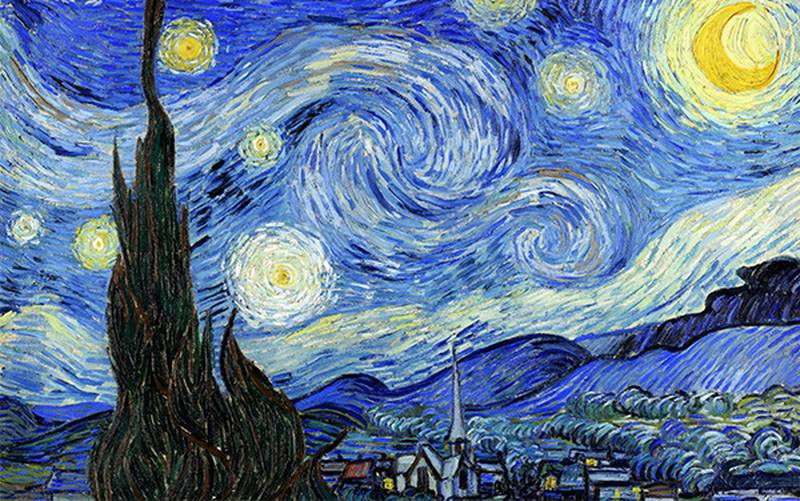
Currier & Ives

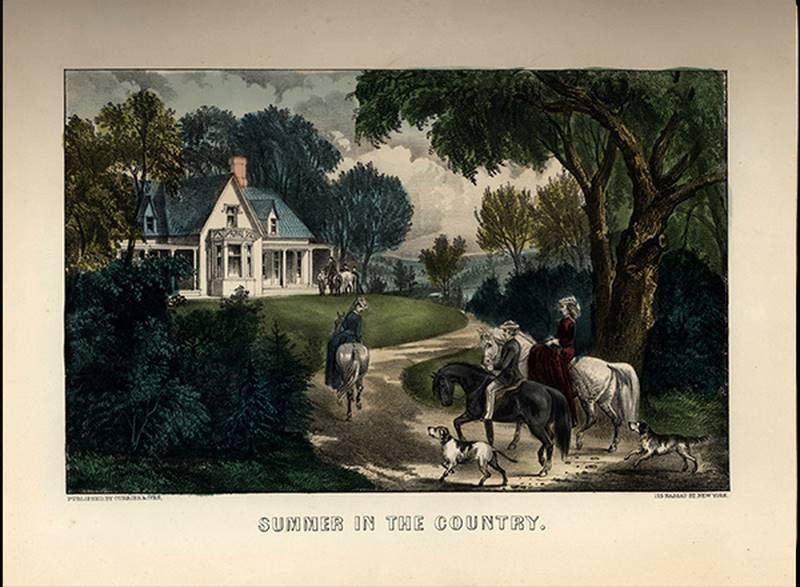

JC Leyendecker
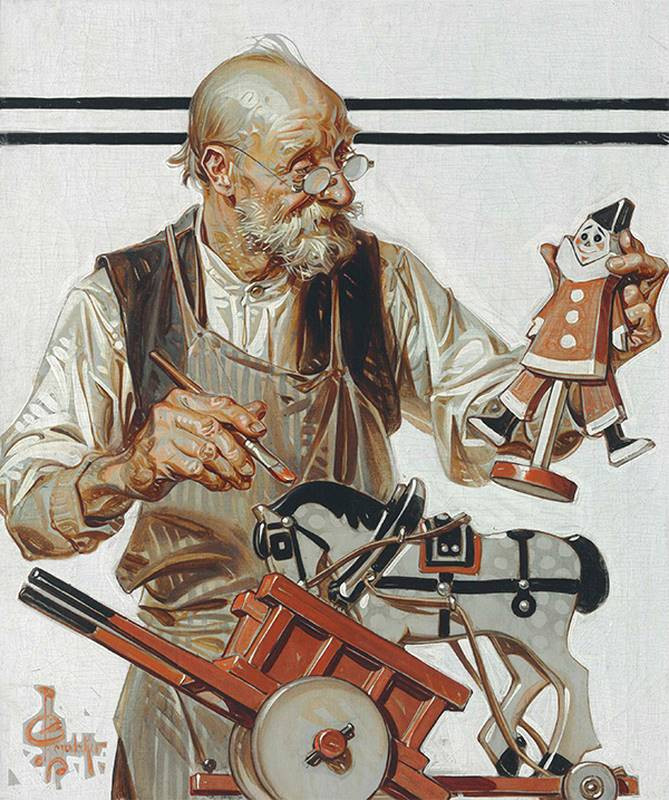
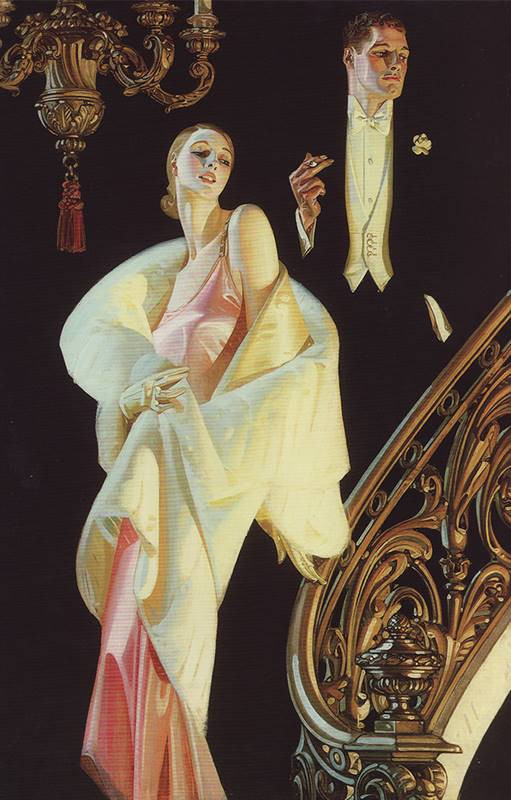
A Look Back - Bernie Wrightson
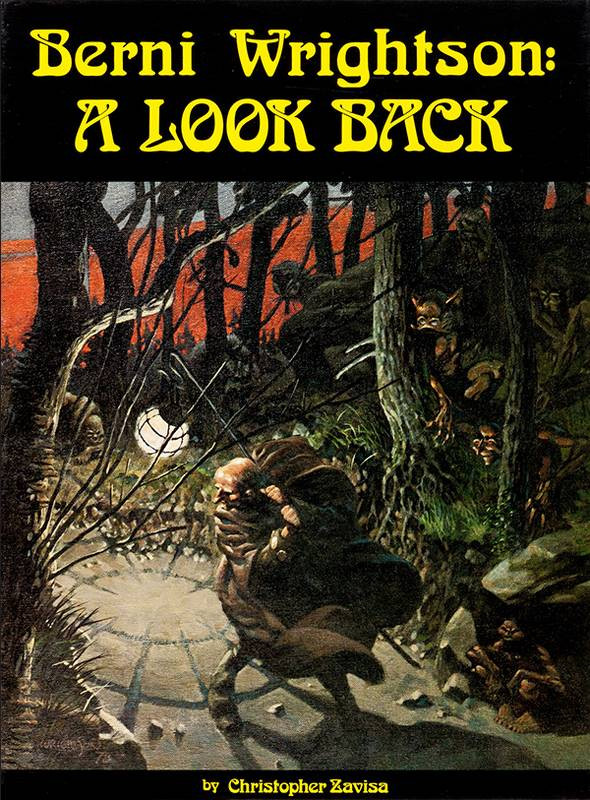
Howard Pyle
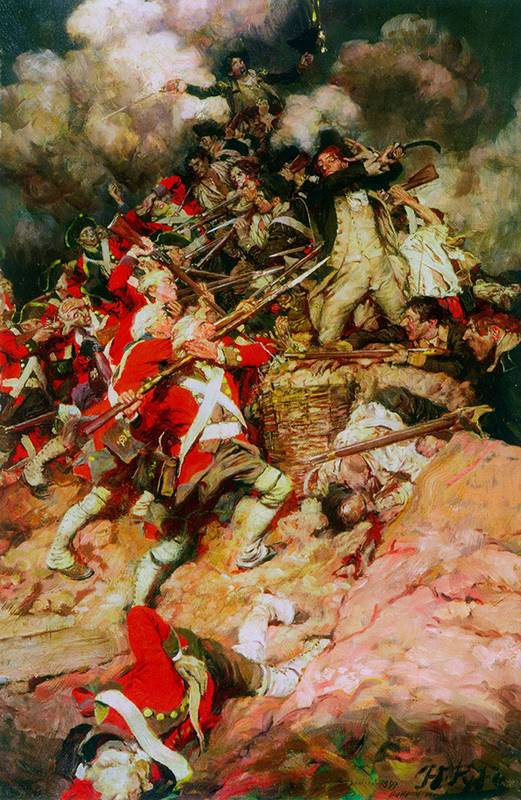
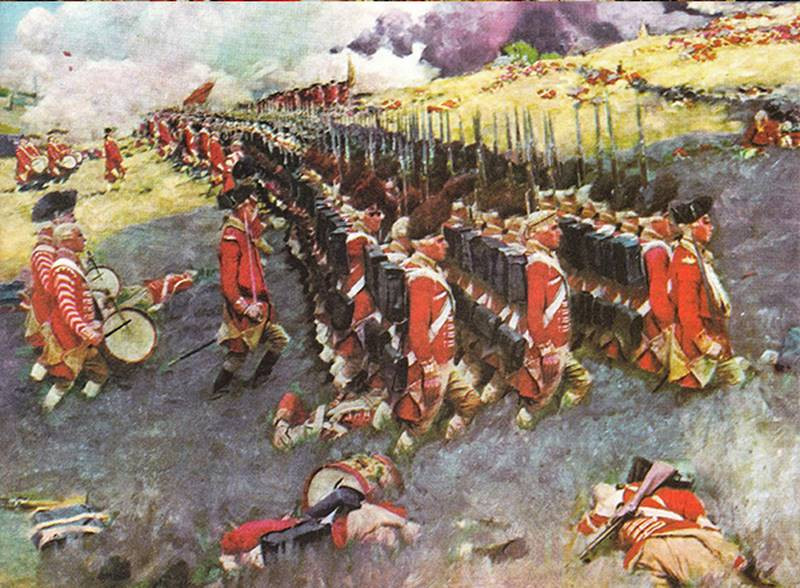
The Talent Code
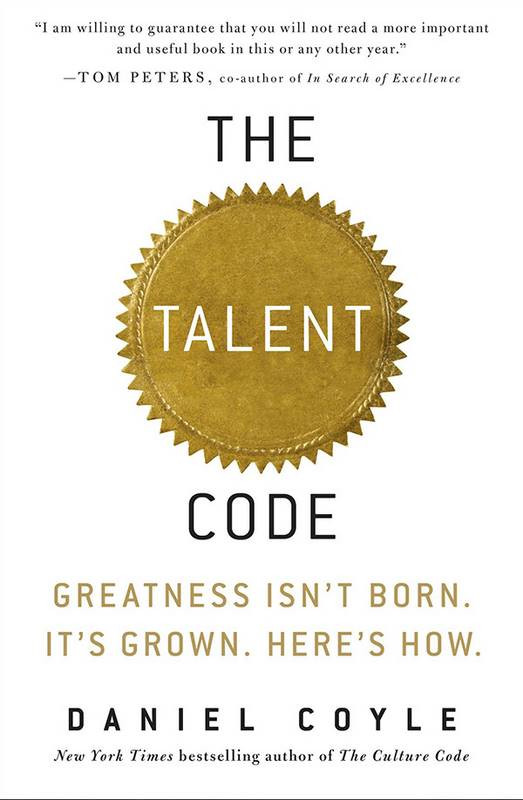
Ivan brunetti- cartooning
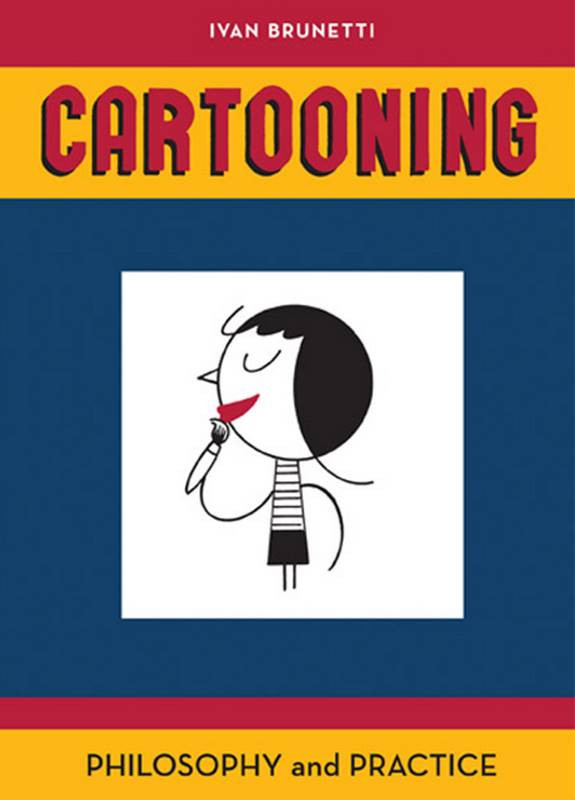
Creativity-Mihaly Csikszentmihalyi
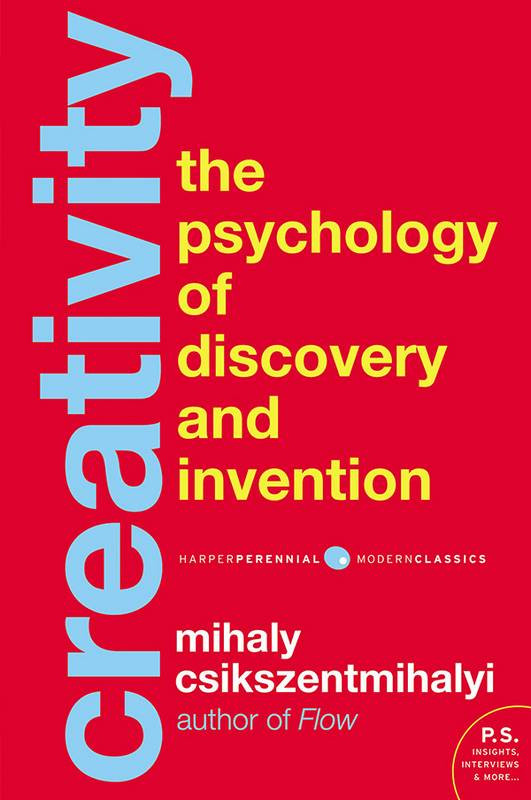
Albrecht Durer

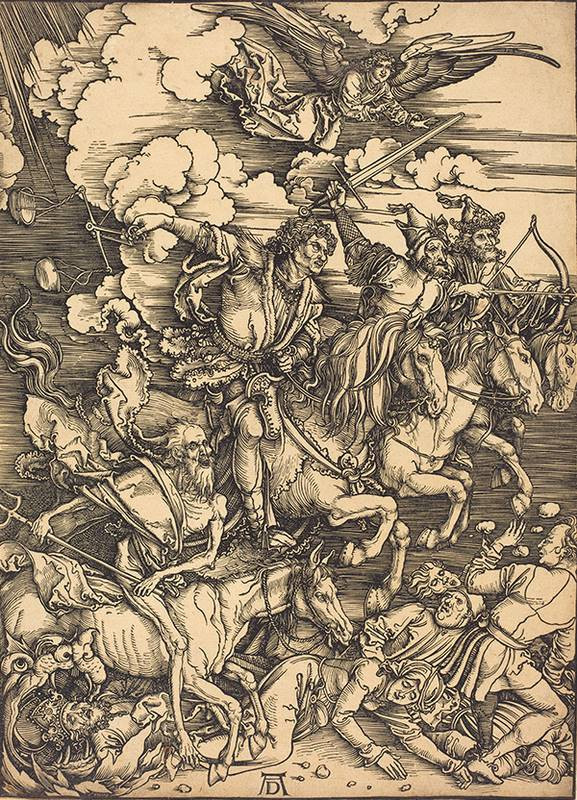
Claude Monet
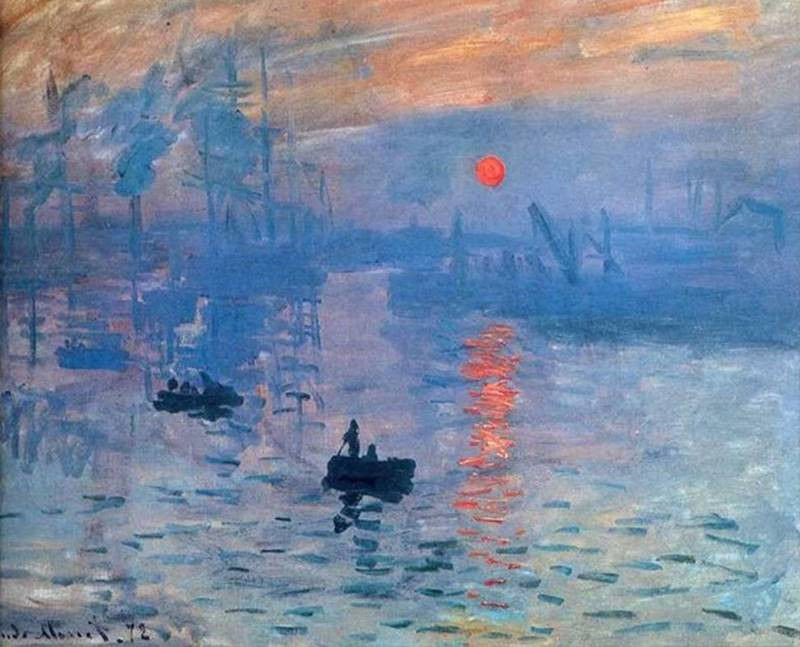
Renoir
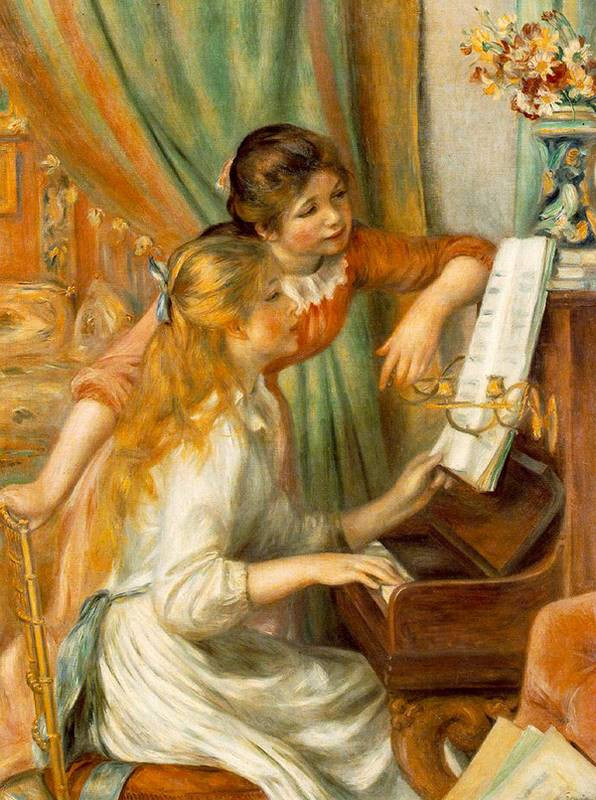
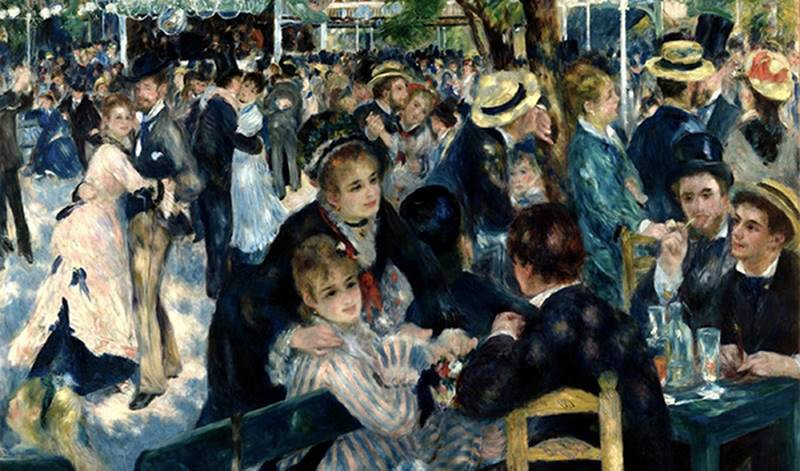
Alphonse Mucha
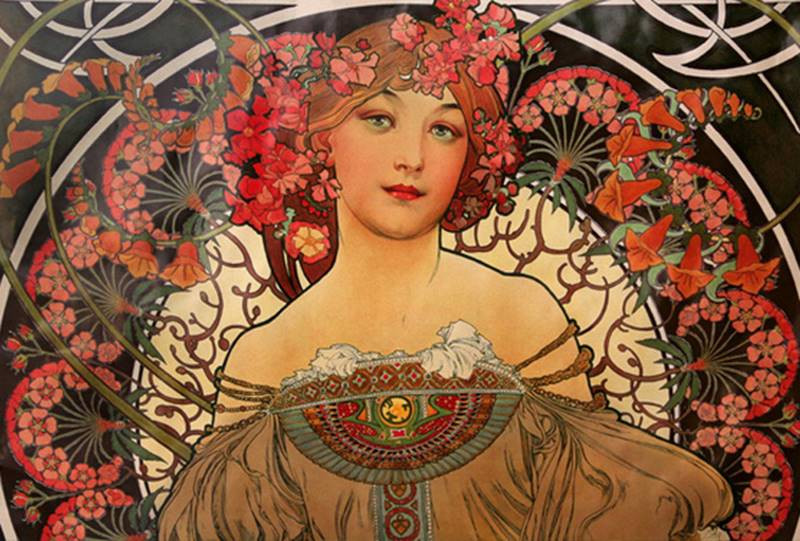
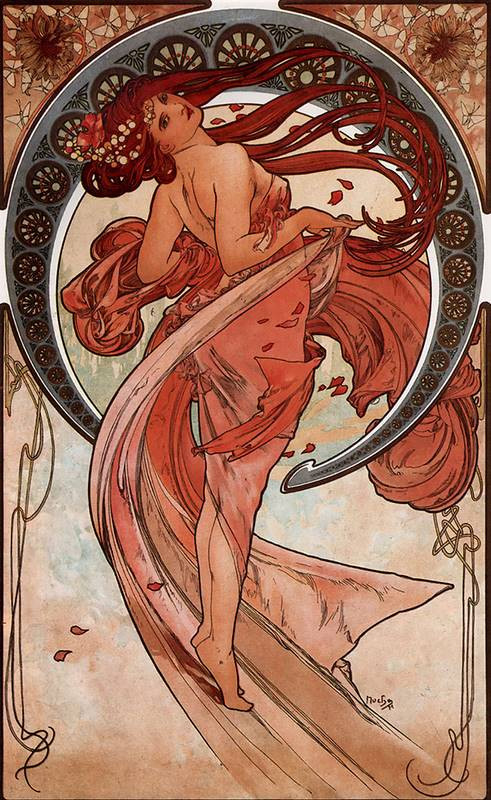
Scrum
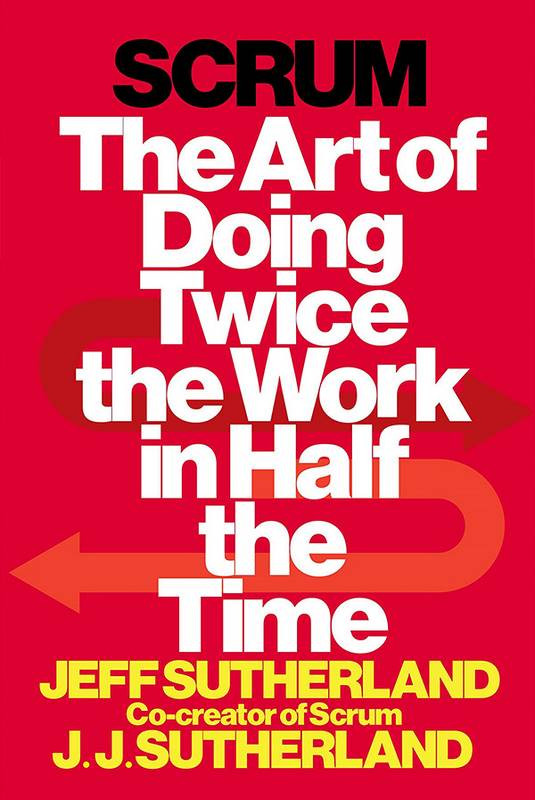
Ken Burn's the West
































